It is certainly one dreams most of players padel : get the ball out by 3. Let's enter the detail to help you shine on the track with this shot spectacular.
In a previous article we gave you as many keys as possible to understand how to correctly impact a smash. Today we push the technique a little further to help you get the ball out of the field, above the side gate rising 3 meters.
First step: the flat smash
Whether you are right-handed or left-handed, it's the same thing. A right-hander on the left or a left-hander on the right will have to act in the same way. The first thing to understand is the place of impact. If it is above your head, in front of you, you can look for a flat smash. The error would be to put the effect in this shot there which would cancel all the effectiveness of the smash. So the idea will be, whatever your initial preparation, to make your pala have a trajectory from top to bottom, with an end of gesture which will end under the non-dominant arm.
It's probably one of the easiest shots to make because you're close to the net, the ball is high in front of you, and you have to knock it down. But, what we are looking for is to get the ball out by 3. And for that, we will have to aim straight.
First of all, it will be necessary to privilege control over power. First, a shallow bounce to the center of the service box will be perfect. Then comes the rebound on the bottom pane. The angle will be important to get the ball out but above all the height. Try to bounce the ball in the last 50cm from the top of the glass, if possible between the middle of glass 1 and 2 bottom. With the quality of the materials used in your palas today, it should come out quite easily, without forcing too much, as long as all the phases are respected.
Second step: the topspin or “kicked” smash
It is no longer the same. We enter the big leagues. Here the ball will no longer be impacted in front but slightly behind our head, above our non-dominant shoulder. The first steps we will take will be backwards and we will have to get the ball out upwards if we want to eject it from the 20×10.
Tennis players may encounter difficulties because during their services they are used to giving this effect of course, but to bring the ball down while here you will have to hit to "squirt the ball" up then apply a down finish.
An exercise that you can perform for yourself consists of posting yourself off the track, less than two meters away, and performing a spike while trying to pass the ball over the grid.
The perfect gesture would therefore be to prepare your pala in a high position, then lower the racquet head behind your back to bring it up quickly, whip the ball upwards, and finish your gesture not under the non-dominant arm as during the smash flat, but on the dominant side. Why ? Because that's where you want the ball to go.
The rebound will be deeper, at the height of the line, and here don't think about the height on the glass; it's your lift or kick that will allow the ball to squirt, pick up speed when exiting the window, and therefore go up. If the angle is good, and you impact towards the seal located between the bottom panes 1 and 2, it should come out. But really be careful not to force it too much.
Elements that favor a good par 3
In addition to practicing good impact, having a fluid, relaxed gesture, you can take advantage of other elements:
– the palace: a rather rigid, diamond-shaped pala will help you immensely.
– the balls: new balls will take more spin, will generate more rebound, and will respond better to big hits.
- weather : the heat and the altitude are favorable to fast play.
– lob height : your opponents can also help you get the ball better. Perfect lobs will allow you to position yourself correctly and therefore have a better impact. Tense and fast lobs will be favorable to other types of shots.
A par 3 is great and spectacular. This allows you to earn points quite easily especially if you play on tracks that do not allow track exits. But on the other hand, as soon as you have to impact the ball slightly behind you, you will have to make your technique speak or you will be punished. But with work it can be done. Let's go!
Julien Bondia is a teacher of padel in Tenerife (Spain). Columnist and advisor, he helps you play better through his tutorials and tactical/technical articles padel.




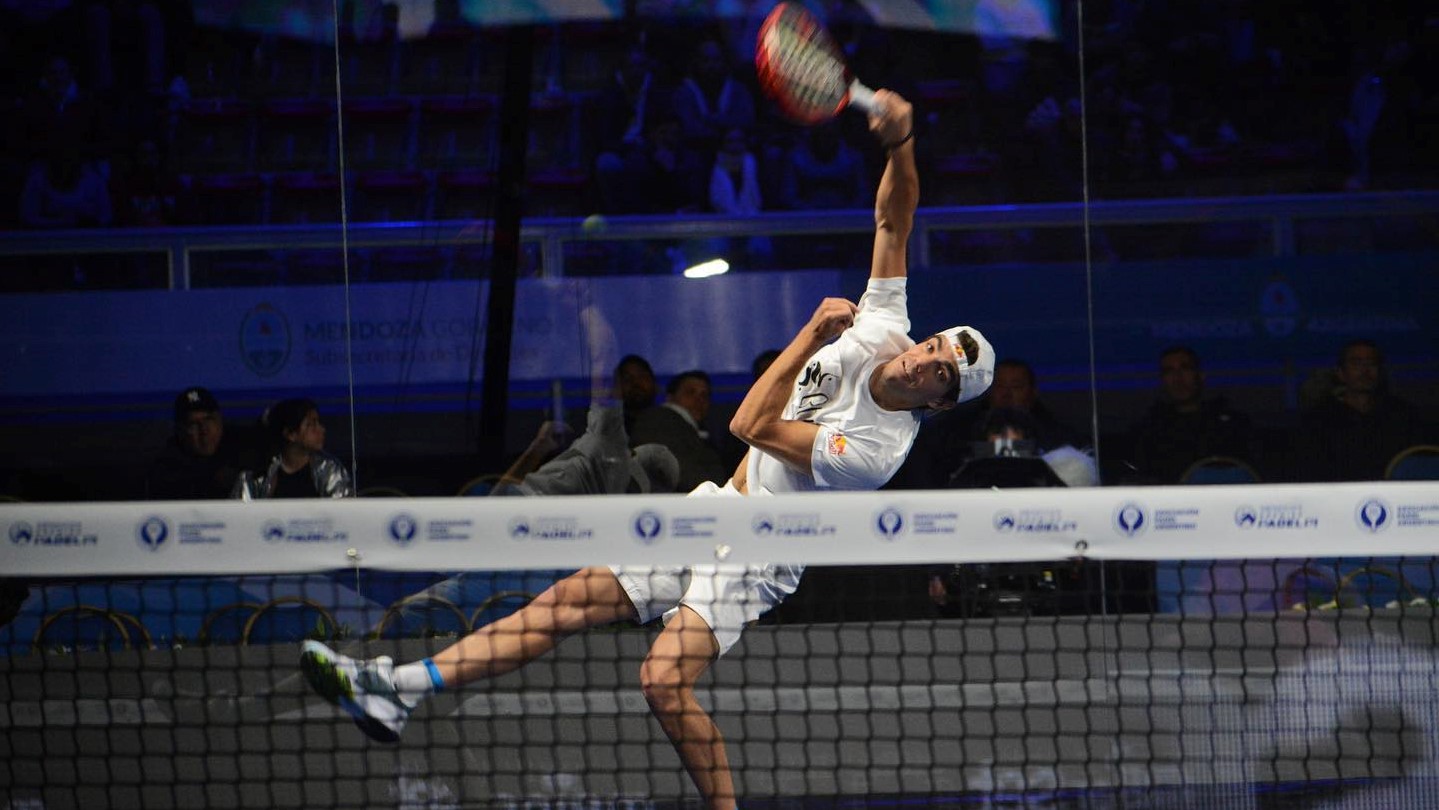
































































































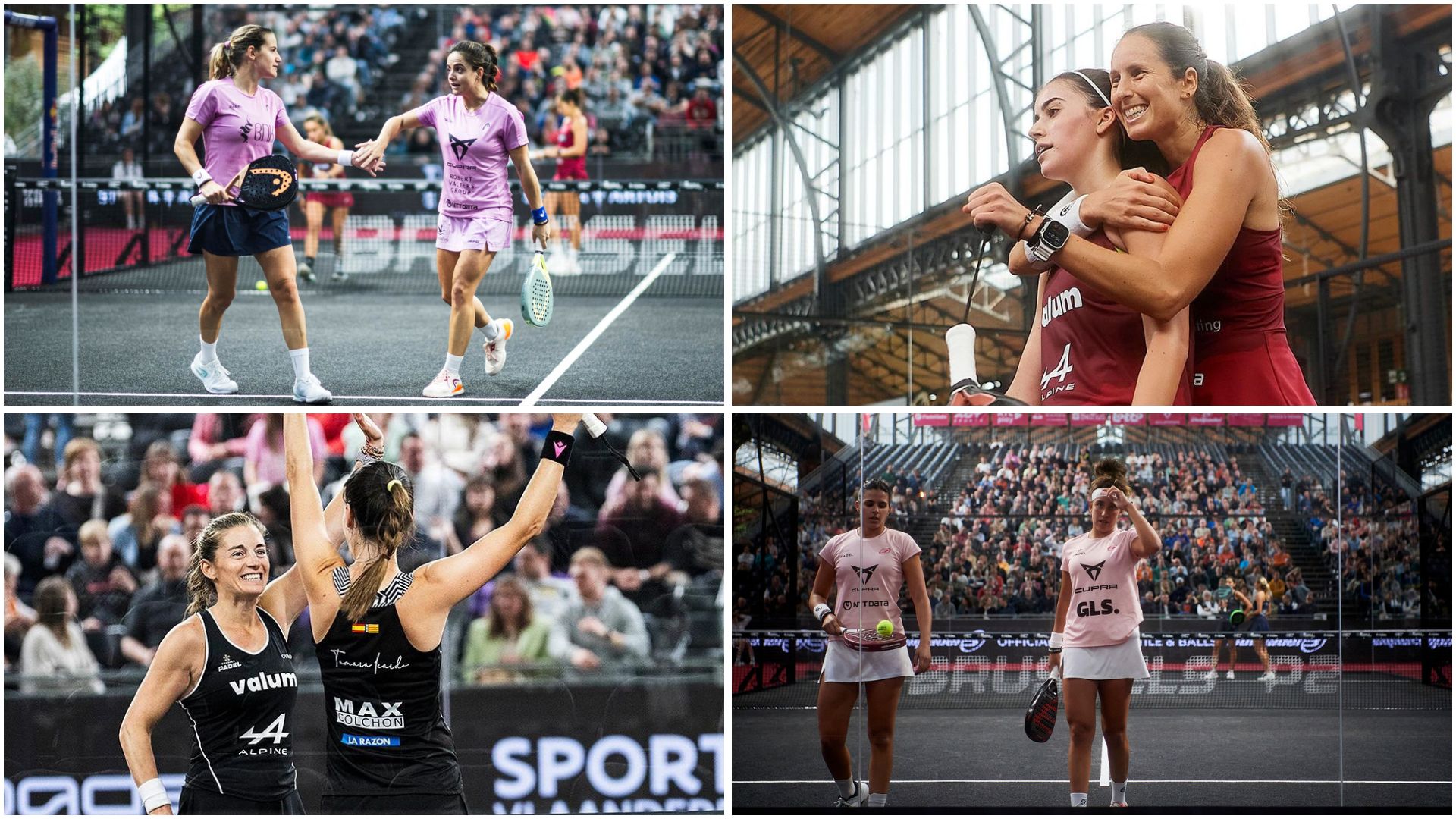 Premier Padel Brussels P2 – The women’s Big 4 at the semi-finals!
Premier Padel Brussels P2 – The women’s Big 4 at the semi-finals!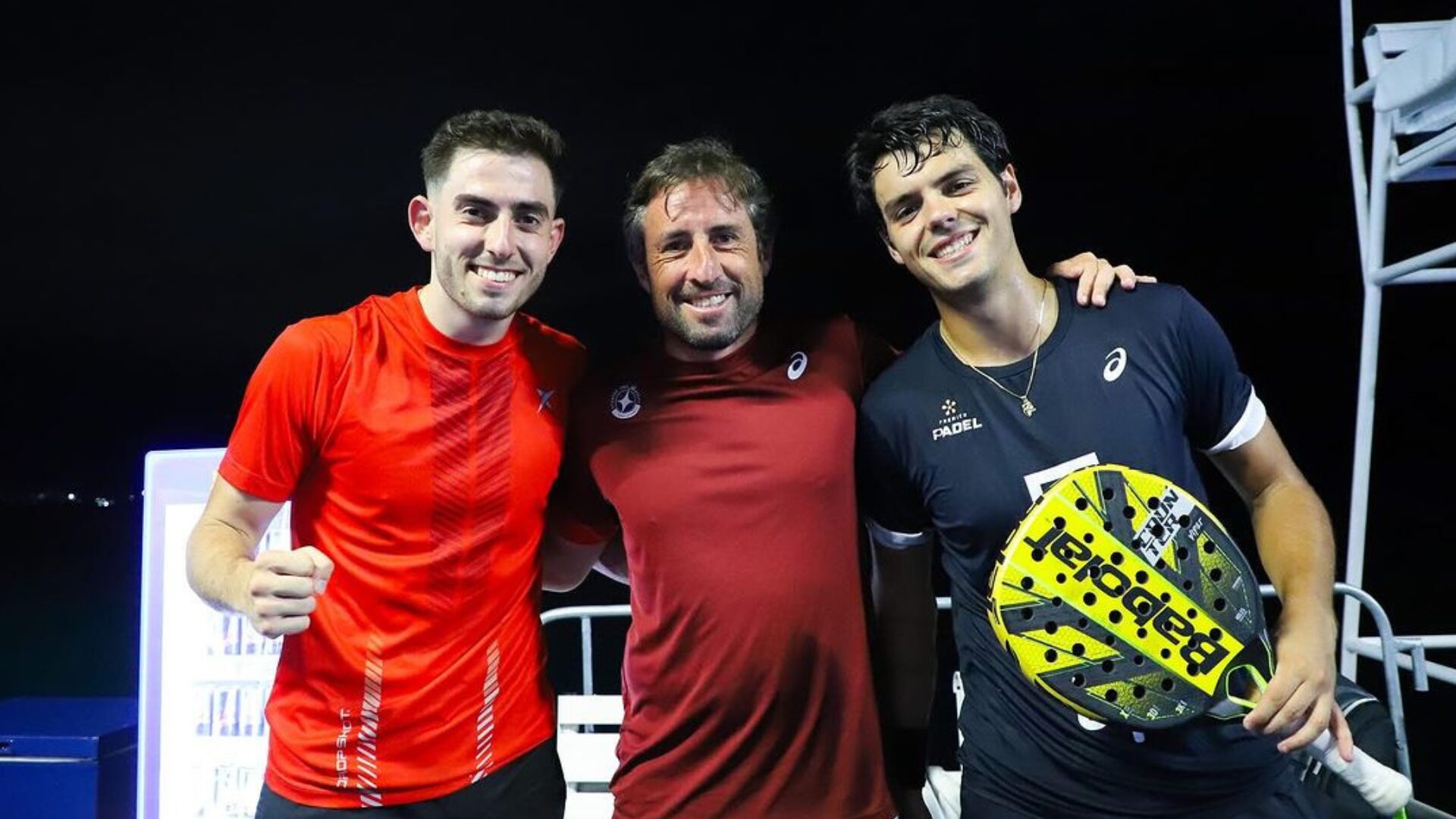 Premier Padel Brussels P2 – Sanz and Nieto win a big fight against Lebron / Navarro!
Premier Padel Brussels P2 – Sanz and Nieto win a big fight against Lebron / Navarro!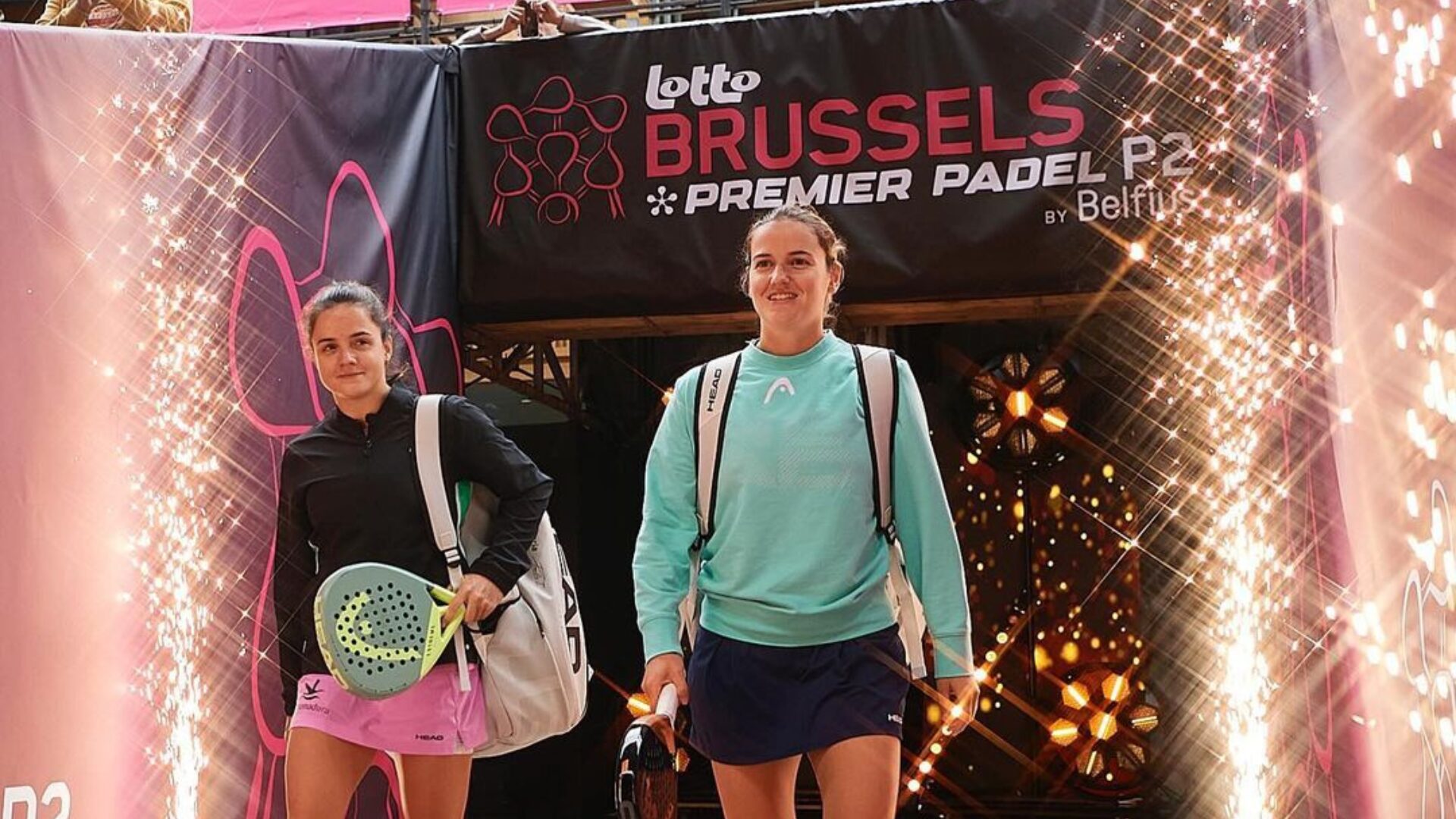 Premier Padel Brussels P2 – The break obviously did Sanchez / Josemaria good!
Premier Padel Brussels P2 – The break obviously did Sanchez / Josemaria good!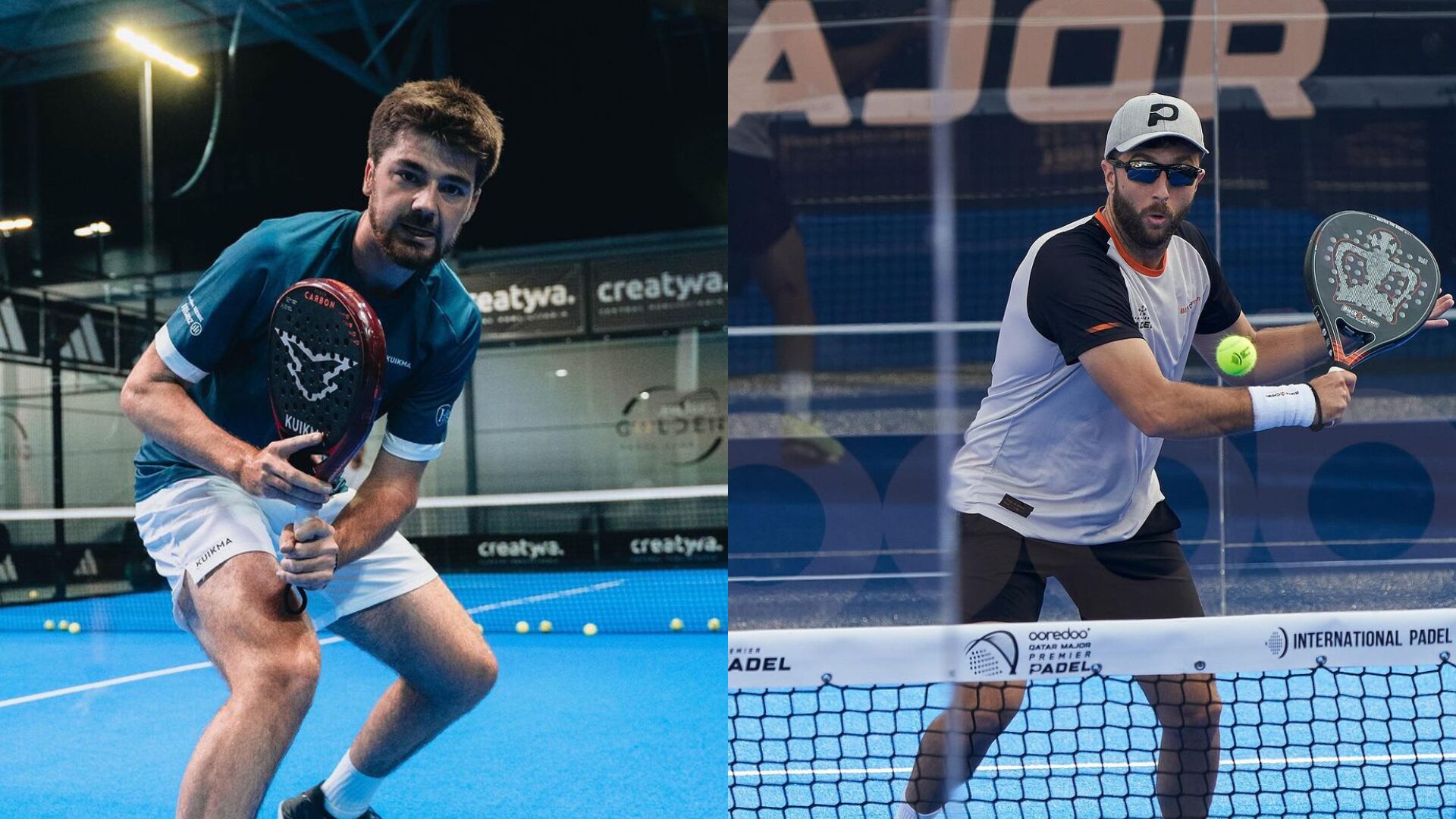 Premier Padel Sevilla P2 – From the waiting list to previas for Dylan Guichard and Ricardo Martinez!
Premier Padel Sevilla P2 – From the waiting list to previas for Dylan Guichard and Ricardo Martinez! Guillaume Codron de Sud Padel : “A family project”
Guillaume Codron de Sud Padel : “A family project” Nallé Grinda: “Democratize the padel in the USA with PadelX "
Nallé Grinda: “Democratize the padel in the USA with PadelX " Simon Boissé: “We know that there are two nations in front of us”
Simon Boissé: “We know that there are two nations in front of us” Marie Maligo: “This period of frequent changes of partners was beneficial for me”
Marie Maligo: “This period of frequent changes of partners was beneficial for me” Gilles Moretton: “We will be able to put the padel at the level of tennis”
Gilles Moretton: “We will be able to put the padel at the level of tennis” Two P1000 doubled prize money approaching!
Two P1000 doubled prize money approaching! José Manuel Escin at the inauguration of Casa Padel DOS: “Finally, and thank you!”
José Manuel Escin at the inauguration of Casa Padel DOS: “Finally, and thank you!”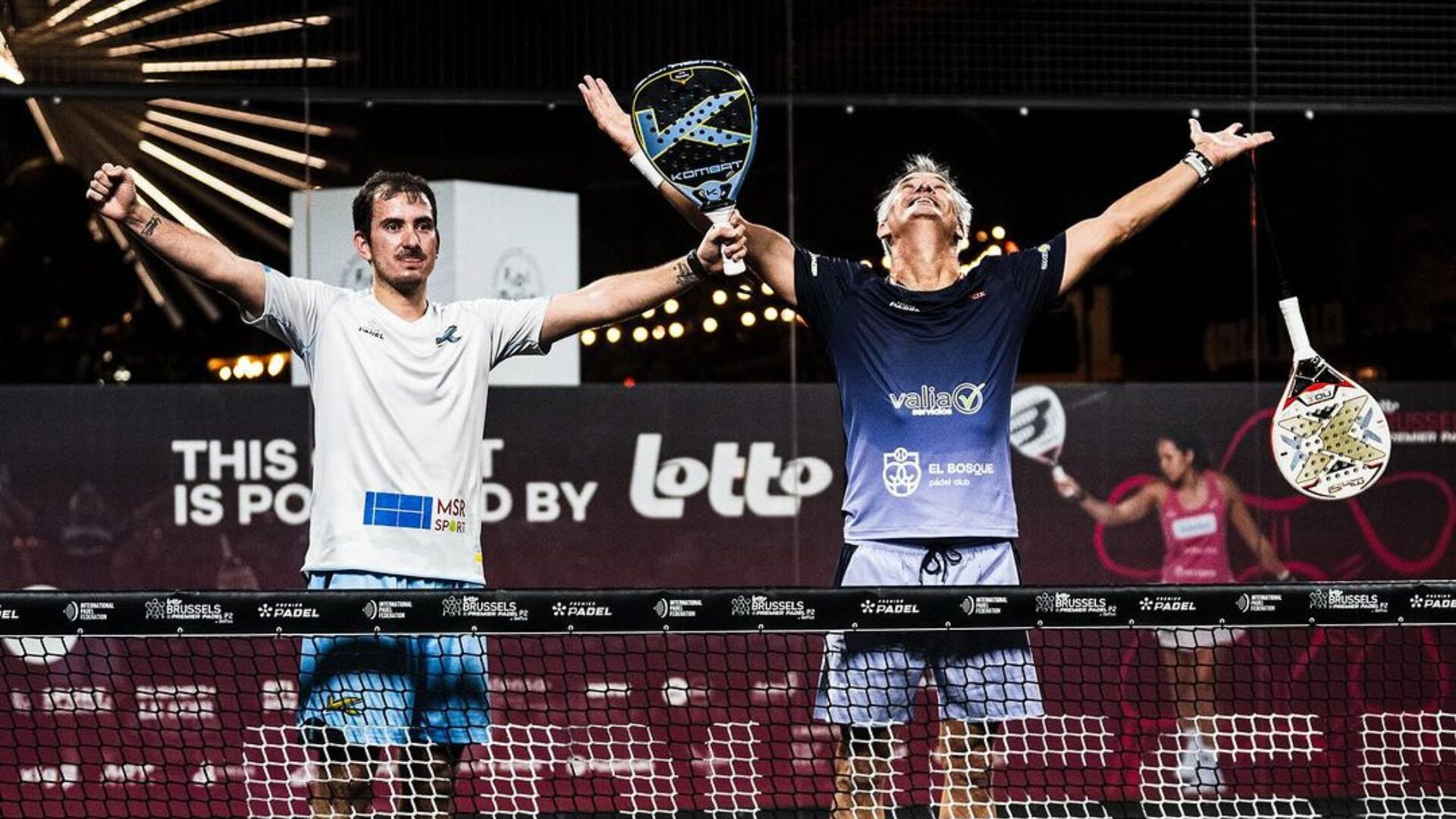 Miguel Lamperti: three tie-breaks and a return to the quarter-finals!
Miguel Lamperti: three tie-breaks and a return to the quarter-finals!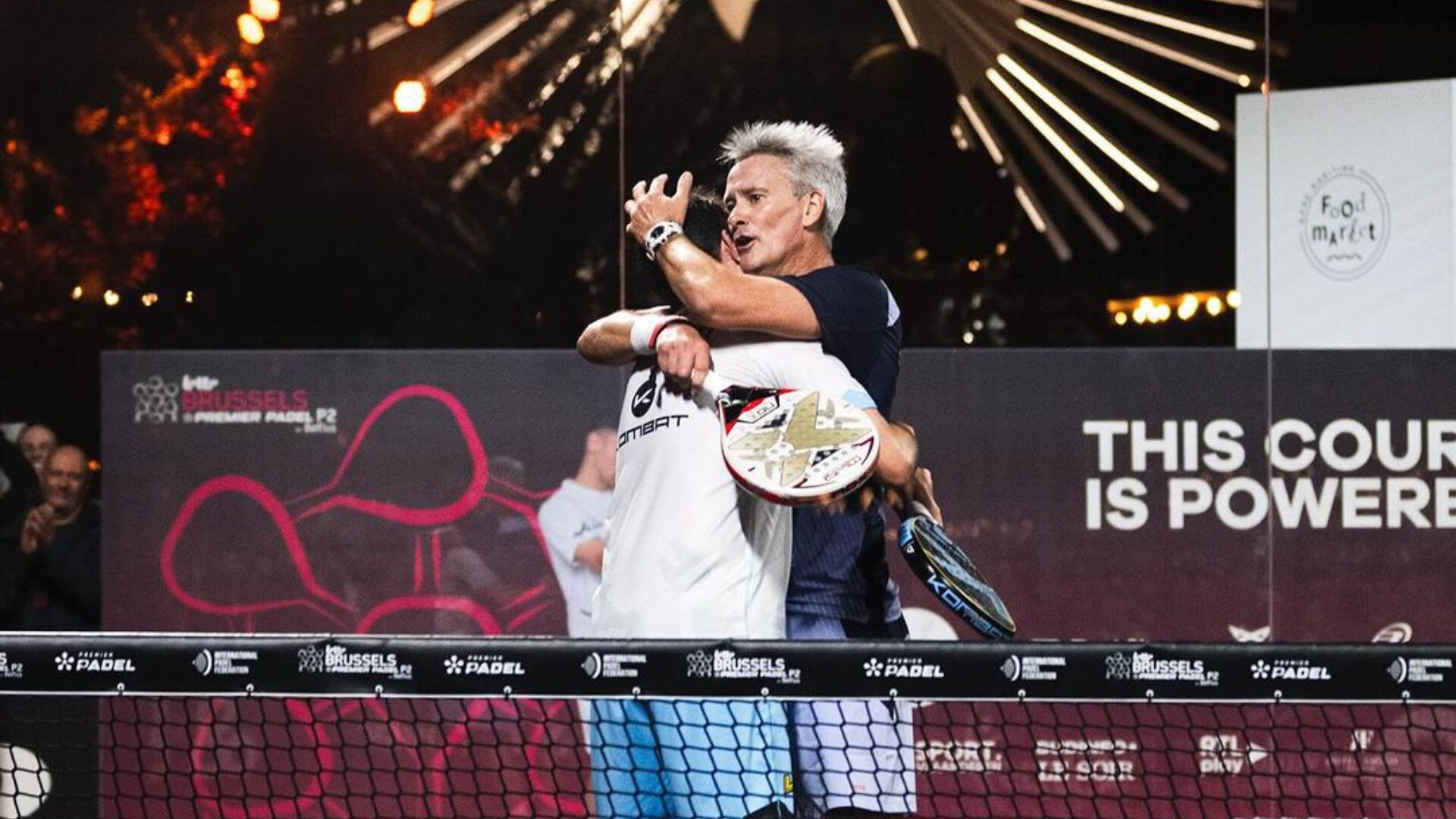 Big evening in Brussels with two seeded players on the mat, heckled number 1s…
Big evening in Brussels with two seeded players on the mat, heckled number 1s…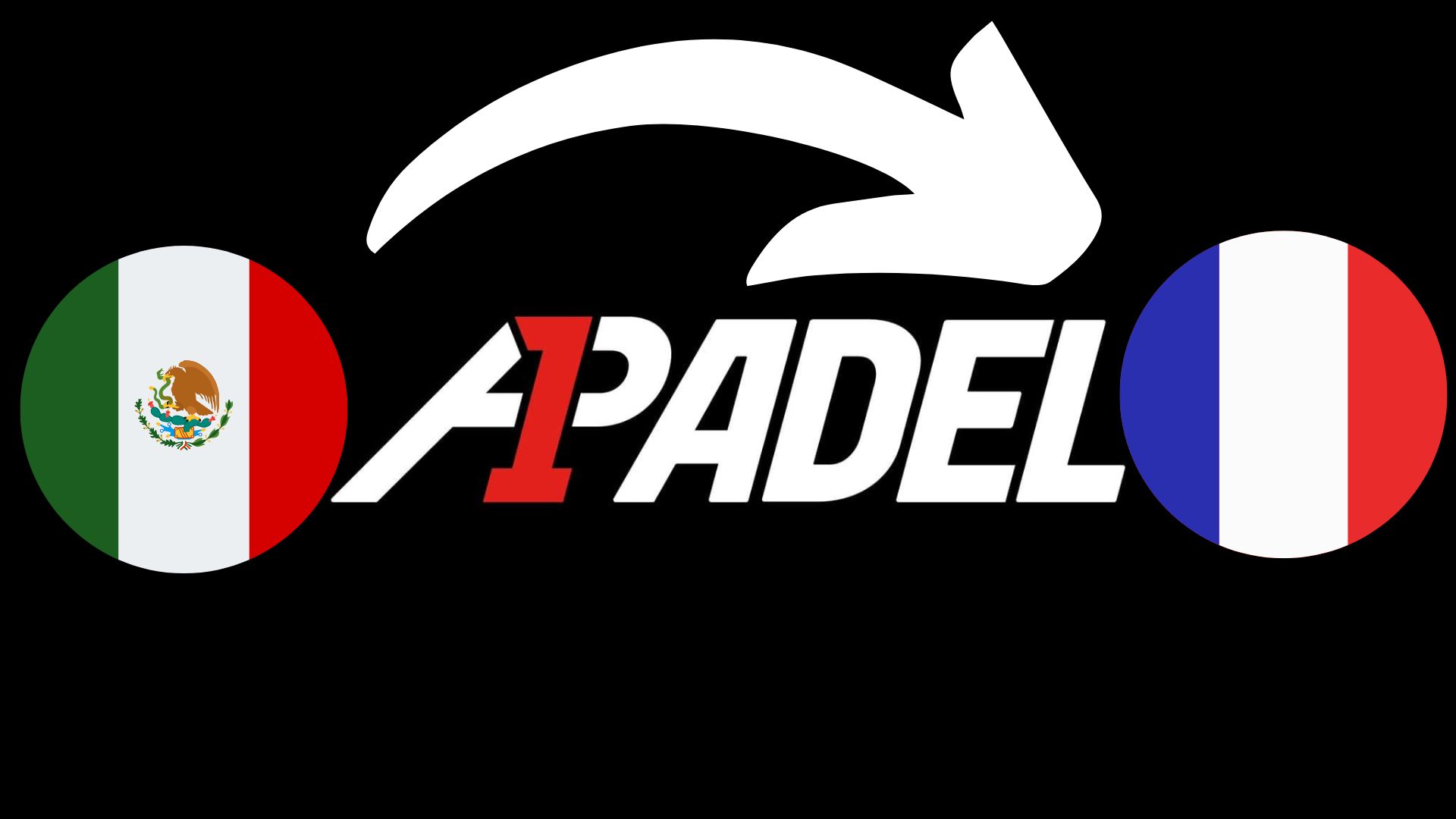 A1 Padel – the French Open replaces the Mexican Open on the calendar
A1 Padel – the French Open replaces the Mexican Open on the calendar Padel Score comes to Tahiti for American Express Padel Cup!
Padel Score comes to Tahiti for American Express Padel Cup! Do you know the Rafa Nadal Academy Tour?
Do you know the Rafa Nadal Academy Tour? Play at padel on his yacht? Possible for €233.000!
Play at padel on his yacht? Possible for €233.000! Our Top 10 training courses padel in France and Europe
Our Top 10 training courses padel in France and Europe At the heart of padel – Episode 25: Paul and Andoni answer your questions
At the heart of padel – Episode 25: Paul and Andoni answer your questions Tactical padel – What to do when faced with players who systematically stay at the bottom?
Tactical padel – What to do when faced with players who systematically stay at the bottom? The basic tactics of padel
The basic tactics of padel At the heart of padel – Episode 25: Paul and Andoni answer your questions
At the heart of padel – Episode 25: Paul and Andoni answer your questions At the heart of padel – Episode 23: defend the window well
At the heart of padel – Episode 23: defend the window well Prohibition on playing topless Padel : the reasons
Prohibition on playing topless Padel : the reasons FIP Tour – Going far from Europe, THE strategy to earn points!
FIP Tour – Going far from Europe, THE strategy to earn points! What is a good football player? padel ?
What is a good football player? padel ? “Lefties give me headaches when I play against them!”
“Lefties give me headaches when I play against them!” At the heart of padel – Episode 14: how to earn points in winter?
At the heart of padel – Episode 14: how to earn points in winter? A par 4 is always a winner...even if you manage to defend it!
A par 4 is always a winner...even if you manage to defend it! Carbon fiber VS fiberglass: what to choose?
Carbon fiber VS fiberglass: what to choose? How to effectively test a racket padel ?
How to effectively test a racket padel ? La padel to fight Parkinson's disease
La padel to fight Parkinson's disease Don't play with a cracked or broken racket, your body will thank you!
Don't play with a cracked or broken racket, your body will thank you! Michel Cymes: “The padel, physically, it’s serious!”
Michel Cymes: “The padel, physically, it’s serious!” Jeremy Gala: “Promote the padel among young people in Belgium remains a challenge”
Jeremy Gala: “Promote the padel among young people in Belgium remains a challenge” The French Touch Academy organizes its selection day Padel-Study
The French Touch Academy organizes its selection day Padel-Study Report on the detection and training of younger generations
Report on the detection and training of younger generations